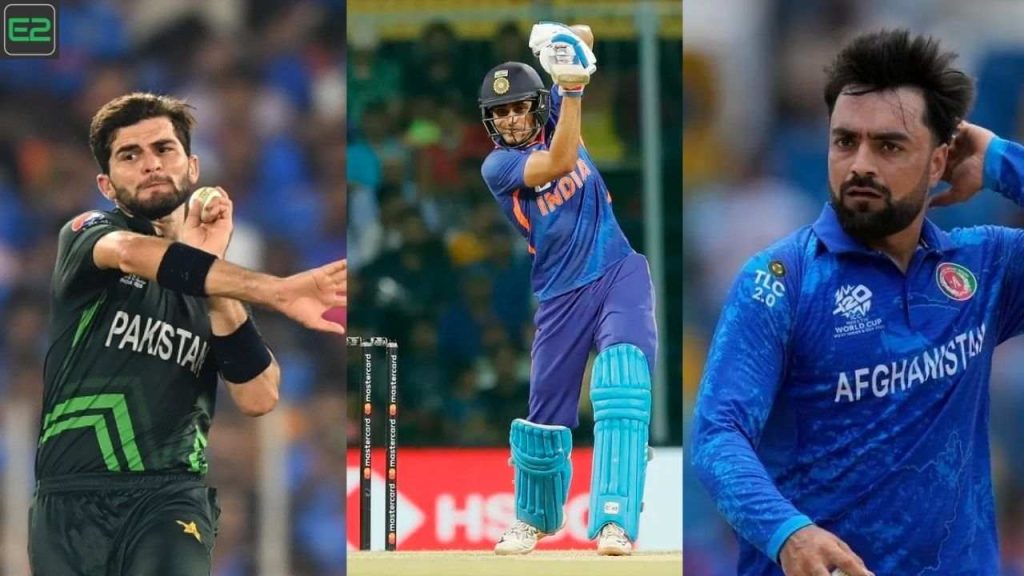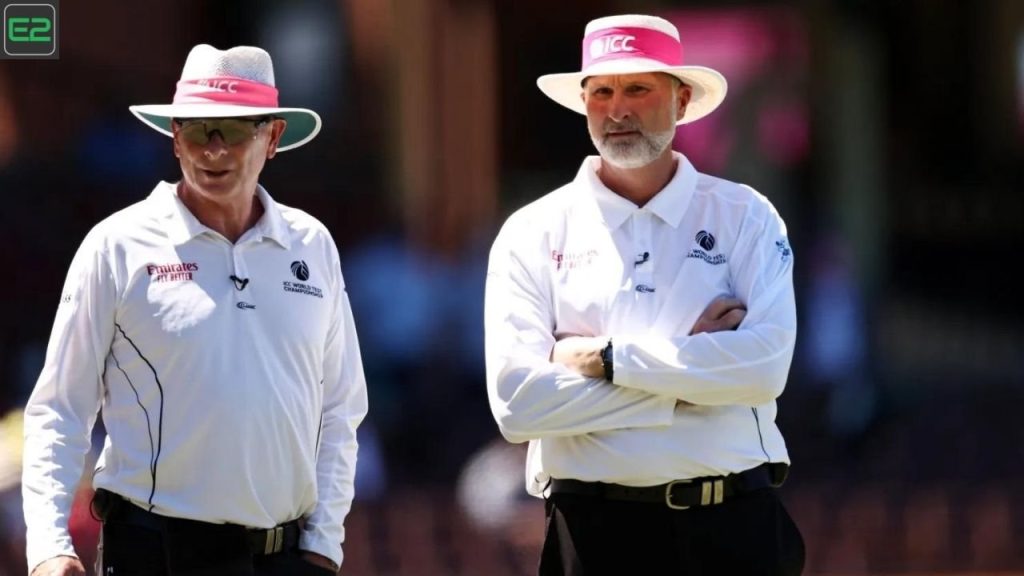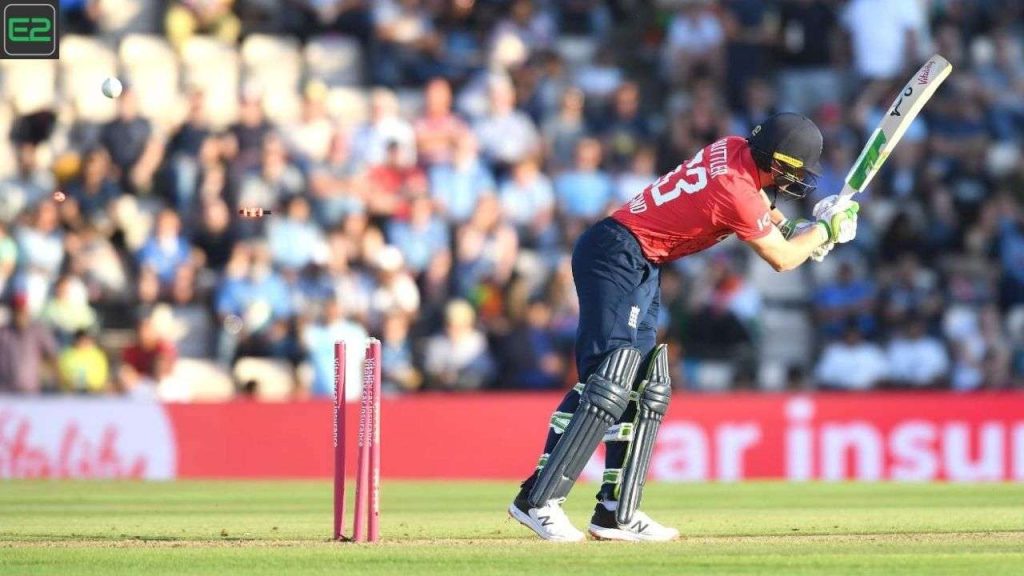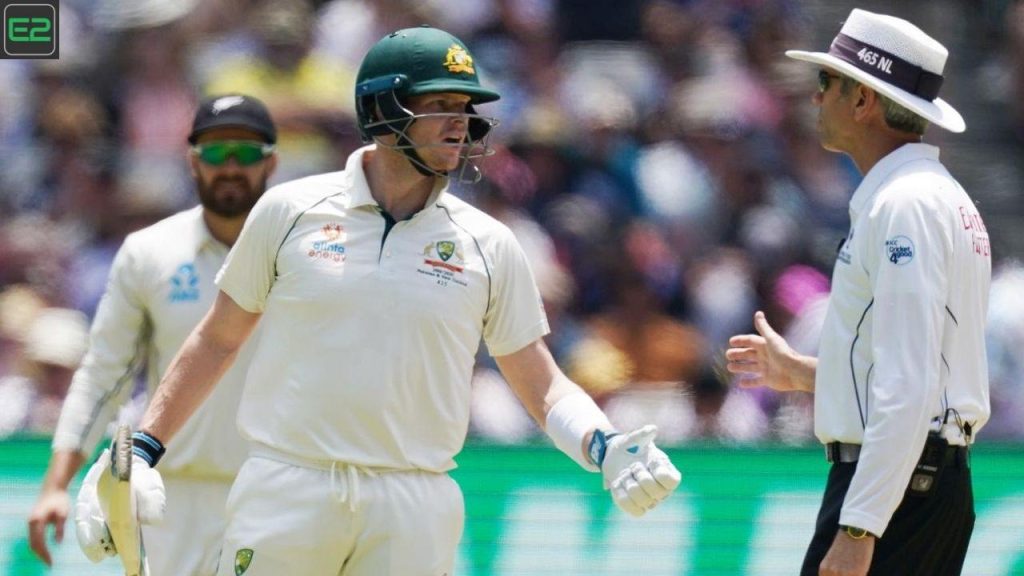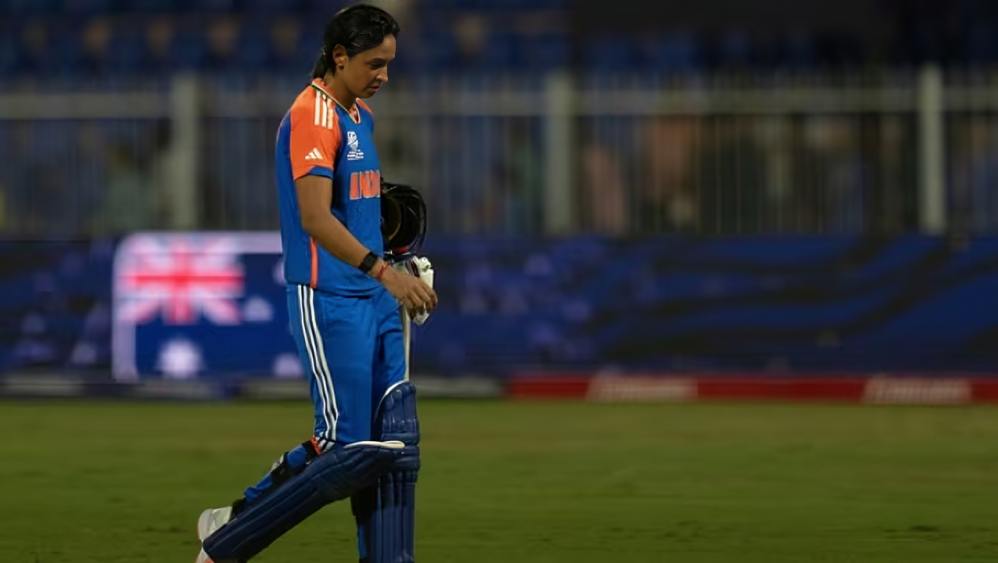At the time of the toss, when your hearts are racing and the two competing captains are wearing their cool faces (nervous on the inside) you are praying that the toss favors your favorite team and they decide to bat (play it safe), right?
And then the winning captain you were cheering for announces–”we’ll bowl first!”
Why? How? Is that the right decision?
Well, what you don’tnotice is that before the stressful toss, the captains and coaches take a short trip to the ground and read the cricket pitch thoroughly.
After years of experience, coaches and seasoned players can analyze the pitches. The cricket pitch is a key deciding factor to opt for batting or bowling concerning moisture content and other factors.
But more importantly, not all pitches favor the bowler or the batter. Every pitch in every country under different climatic conditions is unique. Identifying the best pitches for batting and bowling comes with experience.
What are the Types of Cricket Pitches?
1. Green Pitch
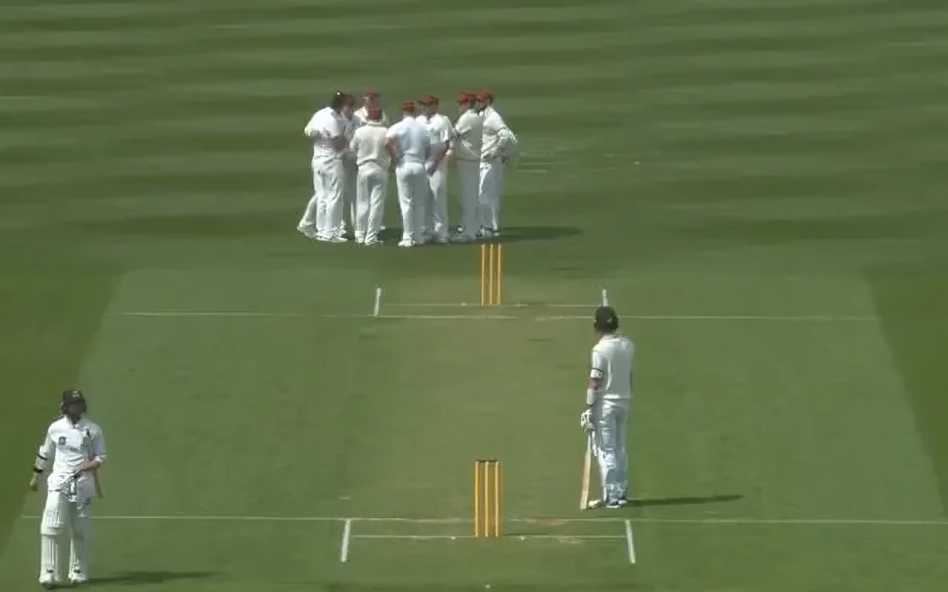
A green pitch in cricket has more grass than other cricket tracks. The moist pitch has a high grass covering which means the green pitch is good for bowlers in comparison to the batsmen. The bowler can throw unpredictable deliveries on long wet grass. The green top cricket pitch is generally a preferred choice for test cricket as the pitch will wear off slowly.
2. Flat Track Pitch
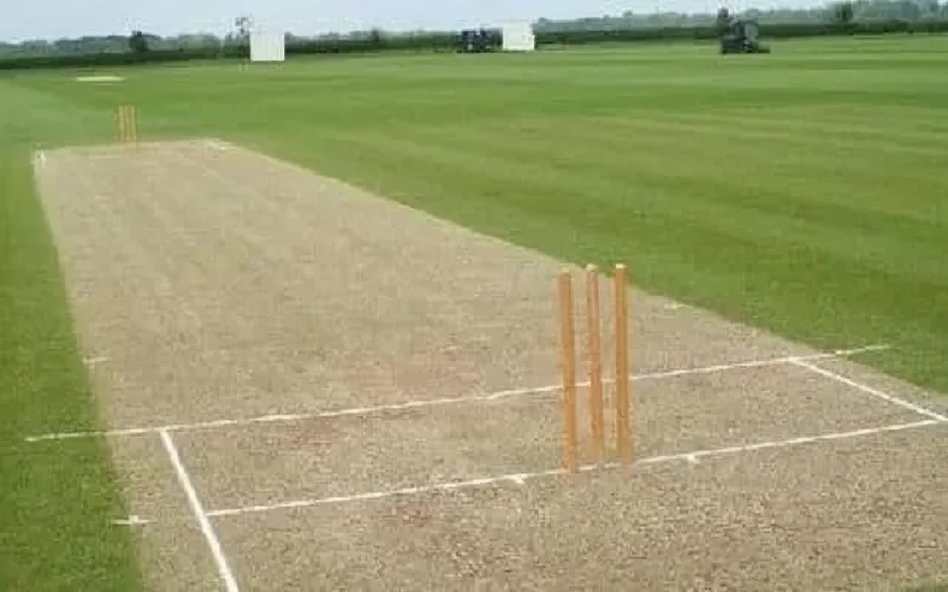
A flat cricket pitch is a lightly rolled pitch. The track has little to no grass, no roughness, and no cracks. The pitch is apt for batters who enjoy no erratic balls. Spinners and fast bowlers will have a tough time on the flat-track pitch.
3. Dry Pitch
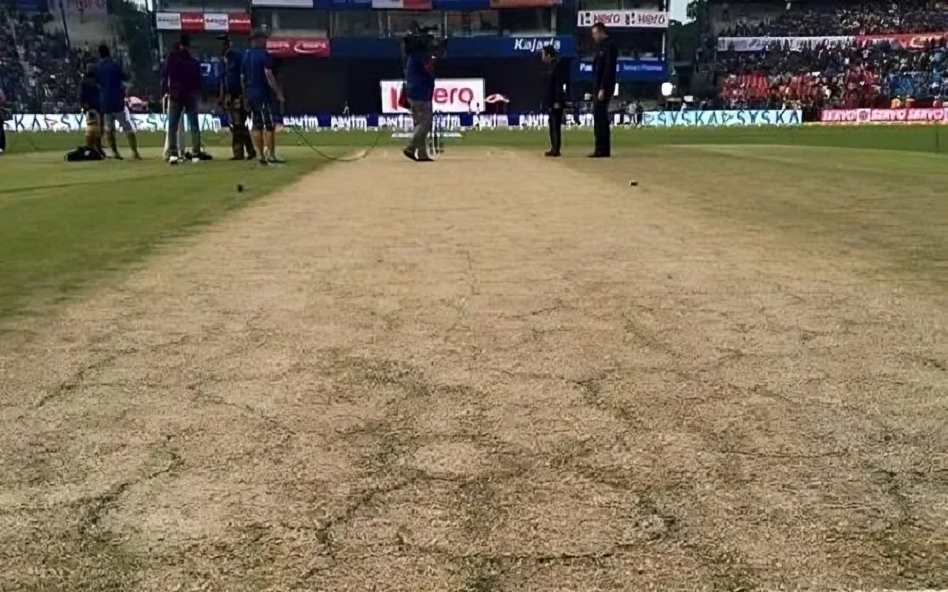
Dry Cricket pitches or hard pitches lack moisture. These pitches easily crack making a fast bowler’s life easier. Even though the dry pitch is good for bowlers, experienced batters figure their way around the pitch. The ball lands on the bat and a dry pitch doesn’t sway the ball unless it bounces from one of the cracks. Hence, a hard pitch is good for batting and bowling.
4. Wet Pitch
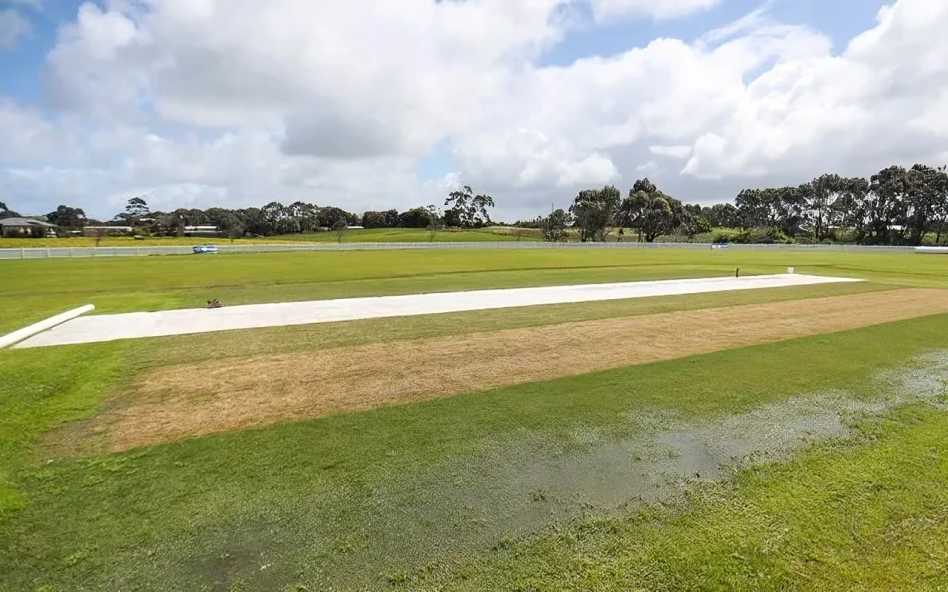
Often failing to cover properly, the cricket pitch is wet. The pitch will be more cohesive due to the high moisture content. Wet pitch doesn’t let the ball bounce freely making contact with the bat slower. Now if you are wondering if the wet pitch is good for batting or bowling, then here’s what we have to say- the wet pitch is for the bowlers as it is unpredictable and delays the delivery, however, it favours the swingers and not the spinners.
5. Dusty Pitch
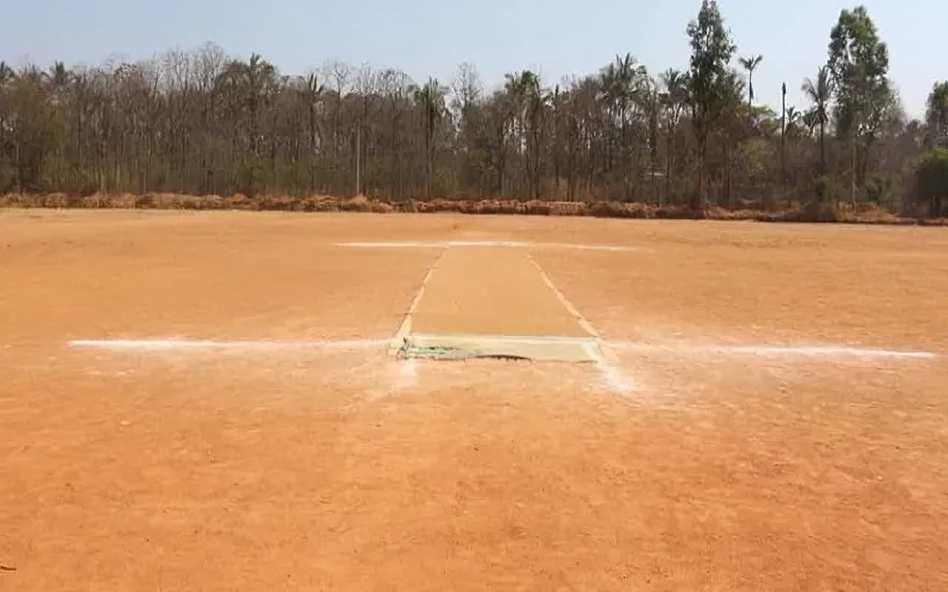
Another good bowling pitch is the dusty pitch. The dusty pitches in cricket have a significant covering of dust and are soft in nature. These unrolled pitches favor the bowlers allowing them to spin the ball better.
6. Dead Pitch
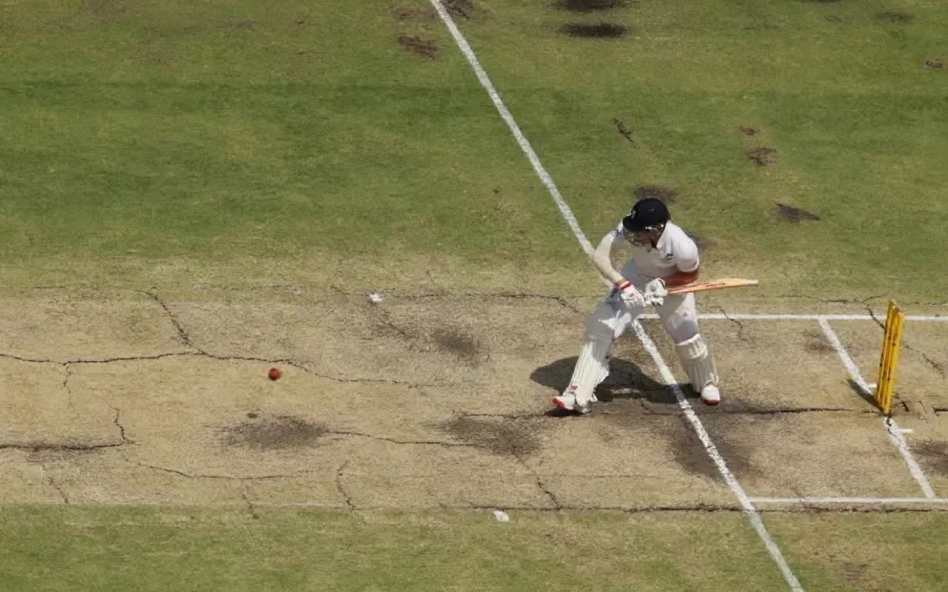
The dead pitch in cricket is meant for a limited-overs cricket match, not suitable for test cricket. A dead pitch is without grass and moisture. The terrain makes it harder to take wickets and the batters set records in scoring runs.
Cricket pitch information: What you must know about cricket pitches?
What is the length of the cricket pitch?
The size of a cricket pitch is 20.12m long (from stump to stump) plus a minimum of 1.22m behind the stumps to include the return crease and bowler approach area.
What is the width of the cricket pitch?
The width of the bowling crease is 8.66′ (264 cm).
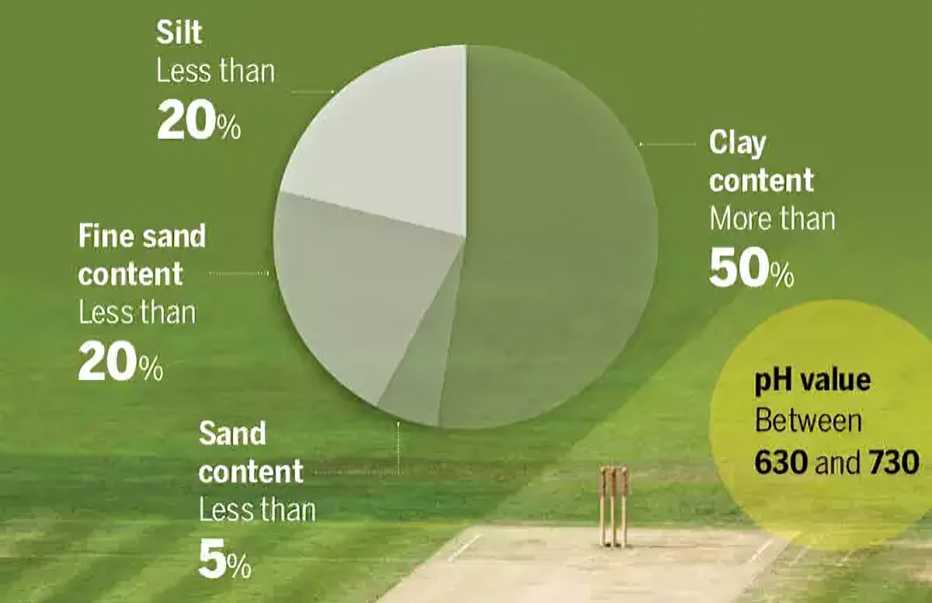
How to read a cricket pitch?
At the beginning of the article, we discussed how captains conclude whether to bat or bowl first.
The decision-making starts with reading the pitch. Generally, there are three major parameters to focus on when reading a pitch- Volume of grass, moisture content, and compaction of the track.
Based on these parameters cricketers can evaluate the following requirements:
Is moisture high on the pitch?
High moisture means the ball won’t bounce (like a dry pitch) and reach the batter slowly. The batter needs to time the ball accordingly. Scoring runs is a task on such pitches.
Assessment: Rub the palm against the surface of the pitch and check for moisture on your palm.
Does the pitch have enough grass?
Green grass indicates moisture at the roots of the grass–suitable for bowlers.
Assessment: We’d like to point out an essential point here- Grass that is green is a sign of moisture whereasa straw-coloured grass indicates dry pitch.
How hard is the cricket pitch?
Hard pitch is good for batting. In cricket, a pitch is called a hard pitch when its moisture component is low. Although, the pitch offers the right surface for pace and bouncers, yet helps in scoring runs as the balls bounce consistently and timing the ball is easier.
Assessment: The behaviour of the hard pitch is predicted using the key method. If the key doesn’t penetrate the pitch, it is a dry and hard pitch.
Are cracks and footmarks visible on the pitch?
A visible cracked pitch with footmarks doesn’t indicate much on the first day of the match. But across 3–4 days of playing a long-form match or tournament such as the test match, the cracks and footmarks can often make it easier to spin the ball.
What is the type of soil on a cricket pitch?
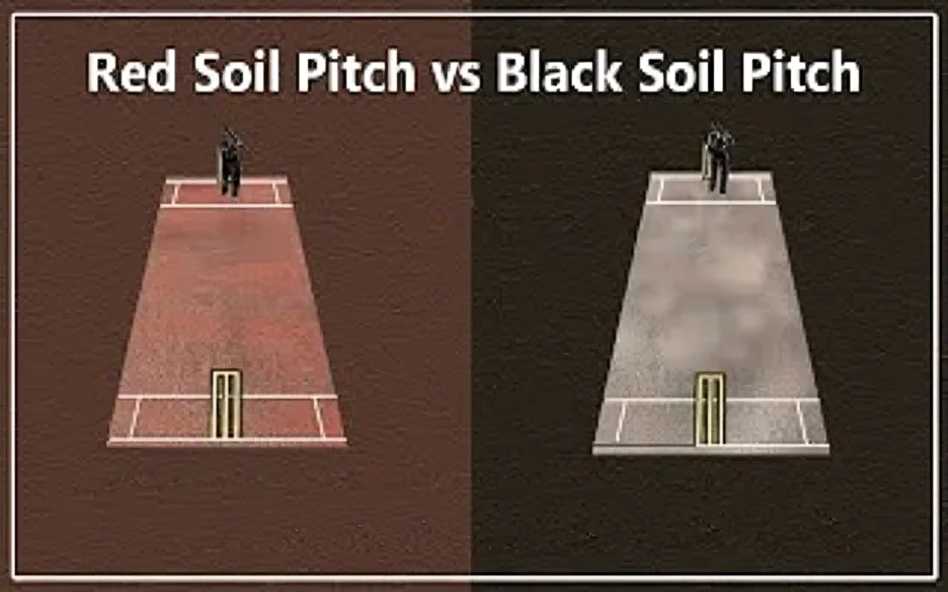
The type of soil used such as red or black solid determines how the track will behave in the match. The name of the soils used doesn’t indicate anything significant. Authorities are more concerned about the composition of clay and sand content in the soil to predict the best soil for cricket pitches.
Black soil cricket pitch is more elastic in nature and is durable for a long-format match whereas the red-soil cricket pitch is less elastic and wears off in a short span. The black soil pitches give better bounce over the red soil pitches, which have a reputation for drying faster and assisting spinners or slow bowlers.
How’s the climate and did it rain the previous night?
Moderate rain on the previous night doesn’t cancel the match. However, rain makes the field moist making it a favourable case for the bowlers.
While most cricket pitches are covered before a team A match, there’s some slack in the junior-level tournaments that leaves the cricket track moist.
What is the condition of the outfield?
While the outfield doesn’t impact the cricket pitch directly, however, the condition of the outfield is a vital factor in selection of batting or bowling during the toss. Moist field will make the balls running to the boundary slower, while dried up field will make it easier to bounce.
What is the past record of the cricket pitch?
After playing for several years experienced players and coaches create a reputation of the cricket pitch of different geographies. Some would be the fastest pitches in the world while some hold the reputation of the worst pitches in the world.



